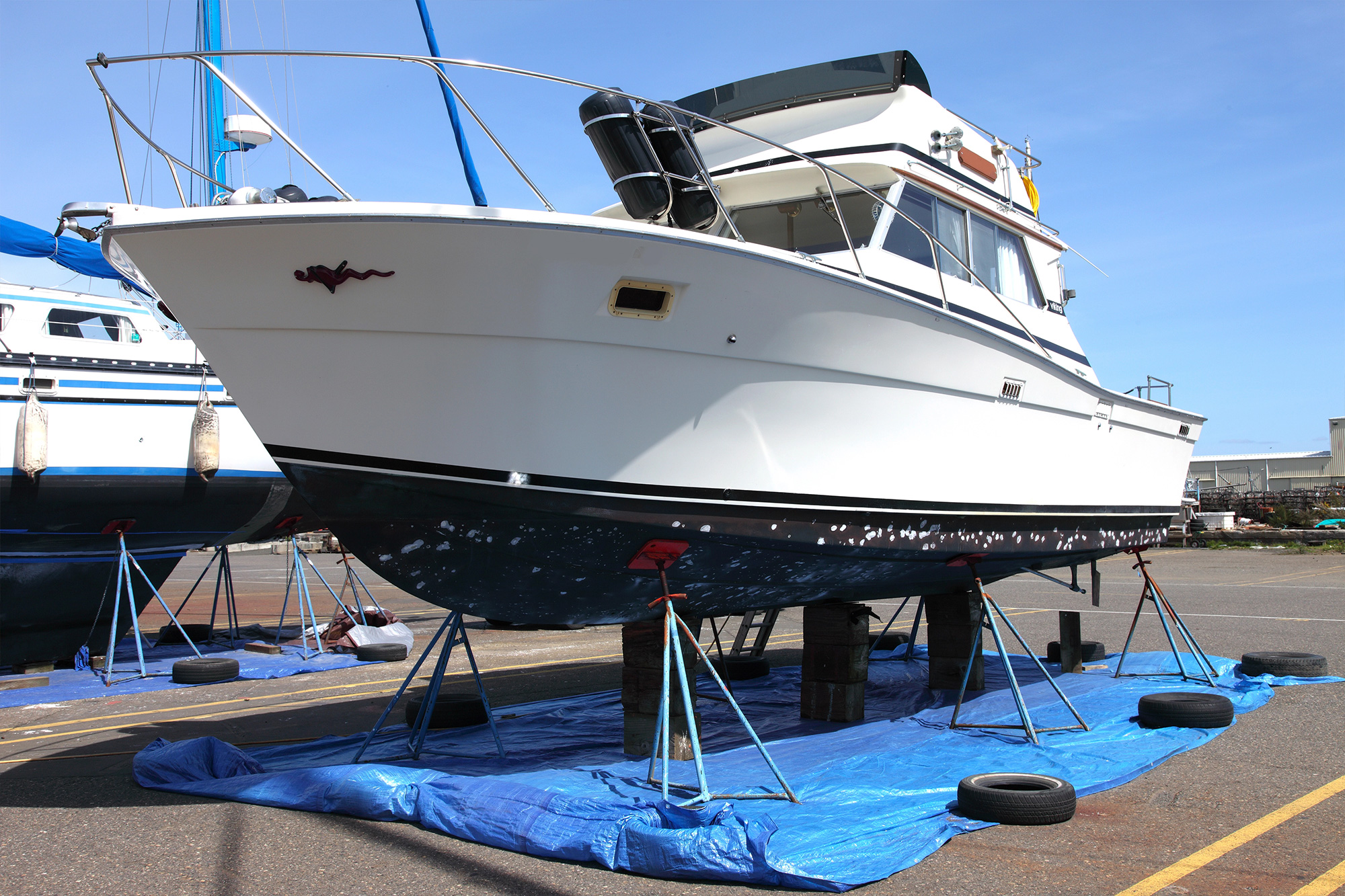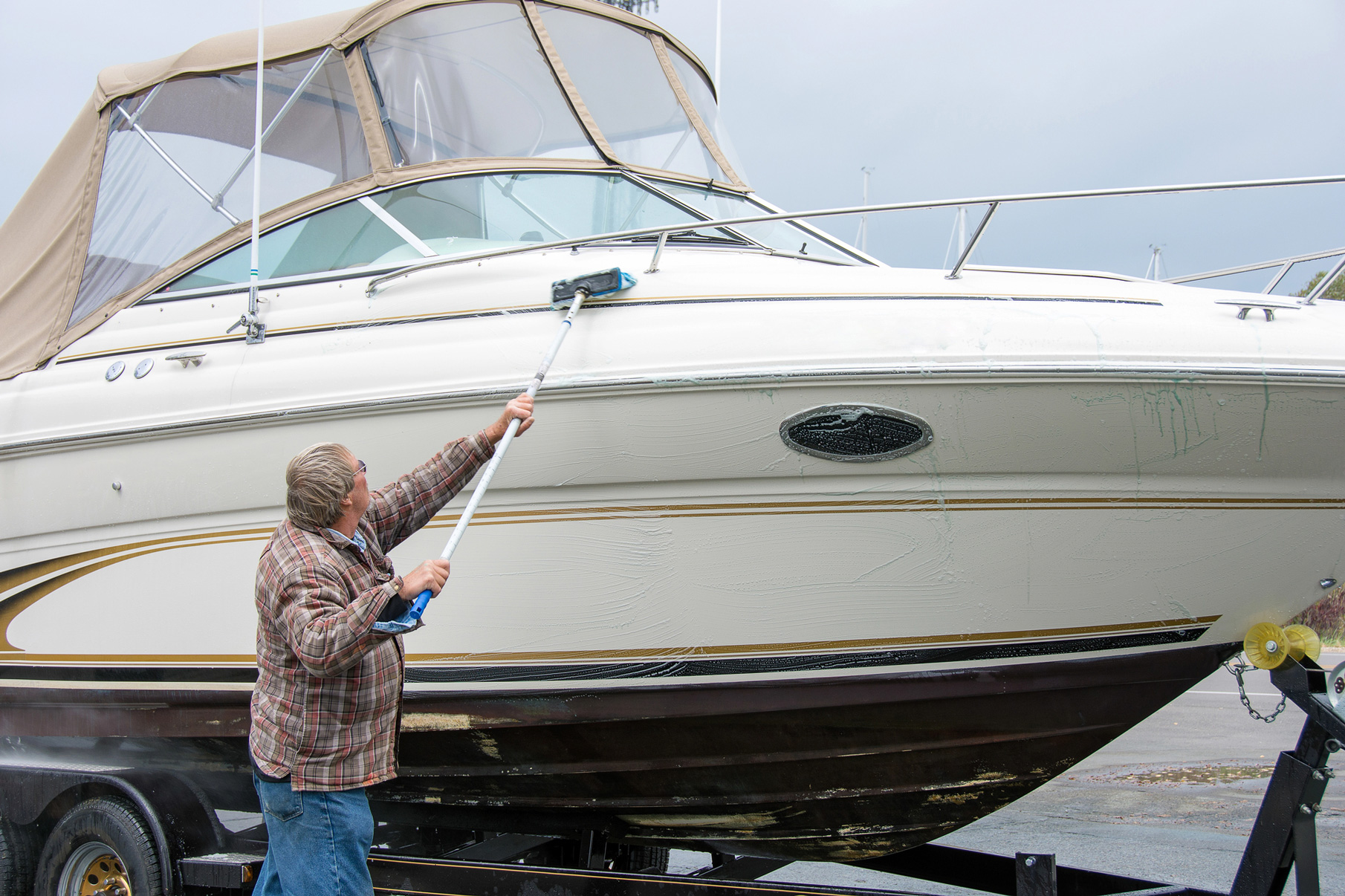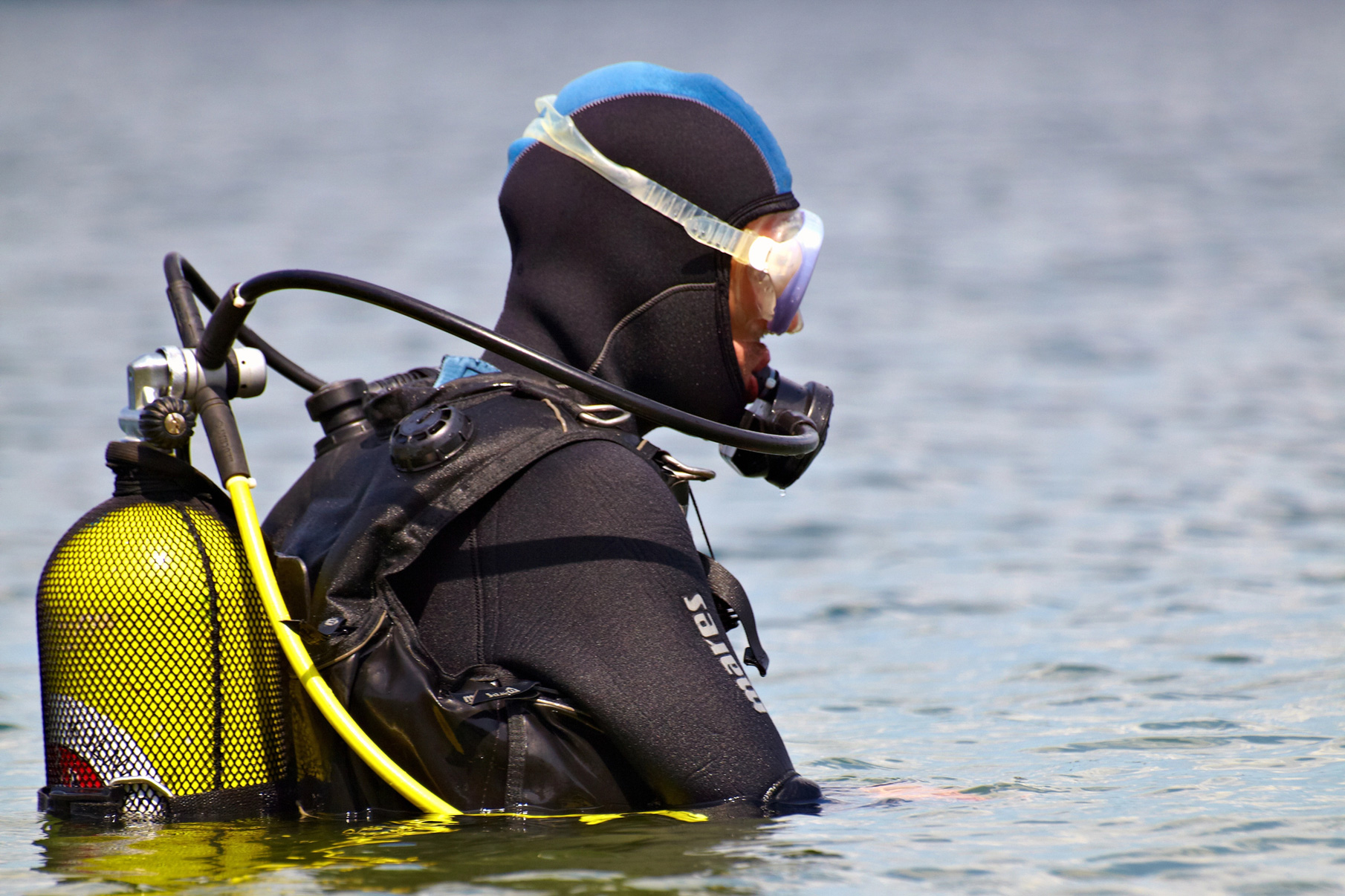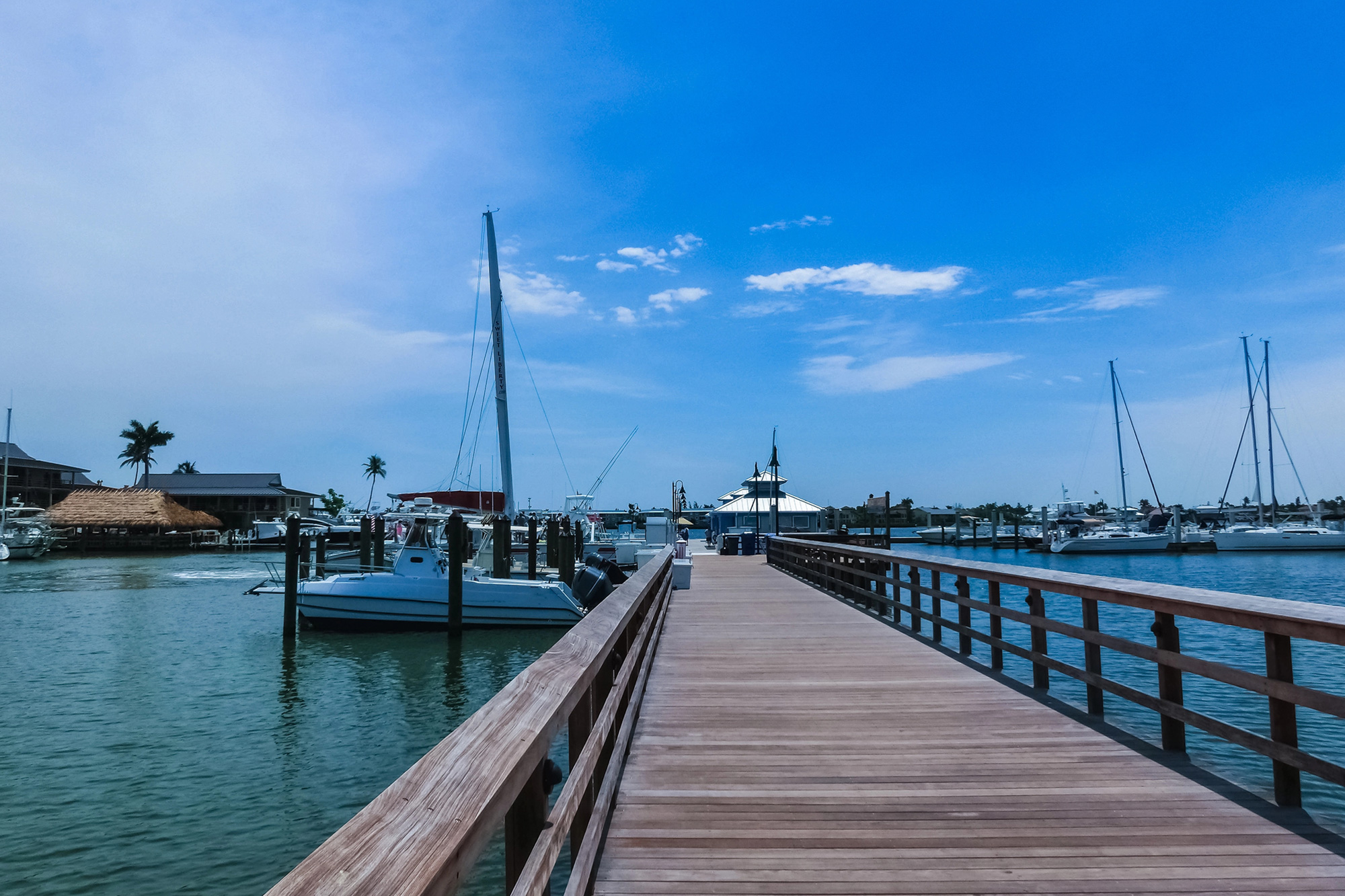As cooler temperatures arrive, boat owners recognize the significant importance of preparing their vessels for extended storage periods. A careful approach to boat winterization prevents costly damage and ensures the boat remains in excellent condition for future use. This process involves several key steps that preserve the boat’s integrity and operational readiness. Proper preparation now saves time and money when warmer weather returns for boating season.
Prepare Your Boat for Winter Storage Properly
Boat owners recognize the importance of thorough preparation for winter storage, a vital step that protects their valuable marine assets. This careful process extends the lifespan of the vessel and prevents expensive repairs resulting from neglect during colder months. Implementing proper winterization practices now ensures the boat remains in optimal condition, ready for smooth operation when warmer weather arrives again. Owners truly benefit from taking these proactive measures to safeguard their investment.
Remove All Personal Belongings from the Boat
Taking all personal belongings from the boat before winter storage creates a clean and organized environment. This simple step prevents potential damage to items from moisture or pests during the long off-season period. Clearing the boat’s interior also allows for more effective cleaning and inspection of all surfaces. Owners maintain the integrity of their possessions and the boat’s interior by following this essential preparation step.
Drain All Water from the Boat’s Systems
Draining all water from the boat’s systems prevents freezing and subsequent damage to pipes, pumps, and tanks. This crucial task includes the freshwater system, raw water systems, and any other lines that hold liquid. Completely evacuating water eliminates the risk of ice expansion, which causes ruptures and significant repair needs. Boat owners protect their vessel’s plumbing infrastructure by performing this thorough draining procedure.
Flush the Engine to Prevent Freezing Damage
Flushing the engine with freshwater removes salt, silt, and other contaminants that accumulate during regular operation. This action prevents corrosion and prepares the cooling system for the introduction of antifreeze, which stops freezing. Proper engine flushing safeguards internal components and ensures smooth startup when the boating season resumes. Owners secure the longevity and reliability of their engine through this necessary winterization step.
Stabilize the Fuel to Avoid Degradation Issues
Stabilizing the boat’s fuel prevents it from degrading and forming harmful deposits during long periods of inactivity. Untreated fuel can separate, cause engine problems, and clog fuel lines, leading to poor performance. Adding a high-quality fuel stabilizer maintains the fuel’s integrity and keeps the entire fuel system clean. This simple additive protects the engine from common issues associated with stored fuel.
Change the Engine Oil and Replace Filters
Changing the engine oil and replacing filters before winter storage removes corrosive contaminants that accumulate during operation. Old oil contains acids and moisture, which damage internal engine parts over time if left untreated. Fresh oil provides maximum lubrication and protection, preserving the engine’s integrity during its dormant period. Owners ensure the long-term health and performance of their engine with this routine maintenance.
Disconnect the Battery to Prevent Drainage
Disconnecting the battery from the boat’s electrical system prevents parasitic drains from slowly depleting its charge during storage. A fully discharged battery can suffer permanent damage and lose its ability to hold a charge. Removing the battery or disconnecting its terminals ensures it remains charged and ready for use in the spring. This step also prevents accidental electrical shorts and enhances safety.
Clean the Hull Thoroughly to Avoid Corrosion
Cleaning the hull thoroughly removes marine growth, dirt, and salt residue that accumulate on the boat’s exterior. These substances cause corrosion and staining if left untreated for extended periods, damaging the gelcoat. A clean hull also prevents invasive species from spreading between waterways when the boat is next launched. Owners protect the boat’s finish and structural integrity by performing this important cleaning task.
Inspect the Propeller for Damage or Wear
Inspecting the propeller for any signs of damage or wear identifies potential problems before they worsen. Dings, bends, or cracks in the propeller reduce performance and cause vibrations that harm the drive train. Addressing these issues during winterization prevents more extensive repairs and ensures efficient propulsion. This proactive check saves boat owners from unexpected breakdowns during the next boating season.
Lubricate Moving Parts to Ensure Smooth Operation
Lubricating all moving parts, including steering cables, throttle linkages, and hinges, prevents rust and ensures smooth operation. Grease and marine-grade lubricants protect against corrosion caused by moisture and salt exposure over time. Proper lubrication during winterization keeps components working freely and reduces wear and tear on essential systems. Owners extend the life of these critical parts with this regular maintenance.
Protect the Interior from Moisture and Mold
Protecting the boat’s interior from moisture and mold growth maintains a healthy and pleasant environment. High humidity trapped inside the boat creates ideal conditions for mildew and musty odors to develop. Placing moisture absorbers or using a dehumidifier helps keep the cabin dry and fresh throughout the storage period. This preventative measure preserves upholstery and avoids unpleasant smells.
Cover the Boat Securely to Keep Debris Out
Covering the boat securely with a high-quality, breathable cover protects it from environmental elements and keeps out debris. A well-fitted cover shields against rain, snow, leaves, and dirt, preventing stains and damage to the exterior. It also deters pests from nesting inside the vessel during the off-season. Owners maintain the boat’s pristine condition by using a durable and properly secured cover.
Store the Boat in a Dry and Safe Location
Storing the boat in a dry and safe location offers optimal protection from harsh weather conditions and potential theft. Indoor storage facilities provide excellent shelter from freezing temperatures, strong winds, and excessive moisture. If outdoor storage is necessary, select a secure spot with good drainage and consider additional security measures. A proper storage environment safeguards the boat’s long-term integrity.
Check All Seals and Hoses for Potential Leaks
Checking all seals and hoses for potential leaks identifies worn components that require replacement before they fail. Rubber and plastic parts degrade over time, leading to cracks that allow water intrusion or fluid loss. Catching these issues during winterization prevents significant damage to the boat’s systems and structure. This thorough inspection maintains the integrity of the vessel’s fluid transfer systems.
Perform a Final Inspection Before Long-Term Storage
Performing a final inspection before long-term storage confirms that all winterization steps are complete and thorough. This last check ensures no critical steps were overlooked, providing peace of mind for the boat owner. Double-checking all systems and components minimizes the risk of unexpected problems when the boat is prepared for use again. This final review solidifies the boat’s readiness for its winter rest.
Schedule a Professional Winterization Service if Needed
Scheduling a professional winterization service provides peace of mind for boat owners who prefer expert assistance. Certified technicians possess the specialized knowledge and tools to perform all necessary winterization tasks thoroughly and correctly. They ensure every system receives proper attention, preventing potential damage from overlooked details. Professional service guarantees the boat’s readiness for the upcoming season.
Prepare Your Vessel with Hull 2 Prop’s Professional Boat Winterization Services in Florida
Are you preparing your vessel for the colder months and seeking reliable solutions for its protection? At Hull 2 Prop, we offer exceptional professional boat winterization services in Florida that safeguard your investment from harsh winter conditions. We use specialized techniques and high-quality materials to protect your boat’s engine and all essential systems. Trust our winterization specialists to provide the thorough care your boat requires for optimal performance next season.







